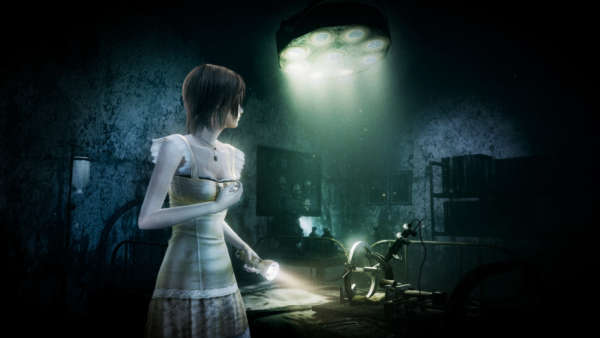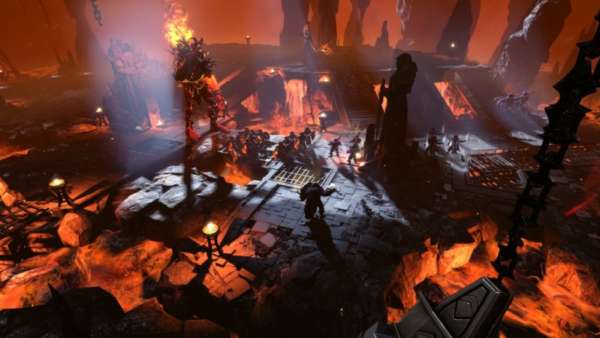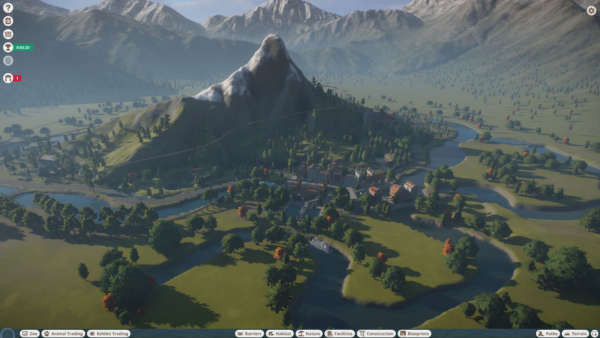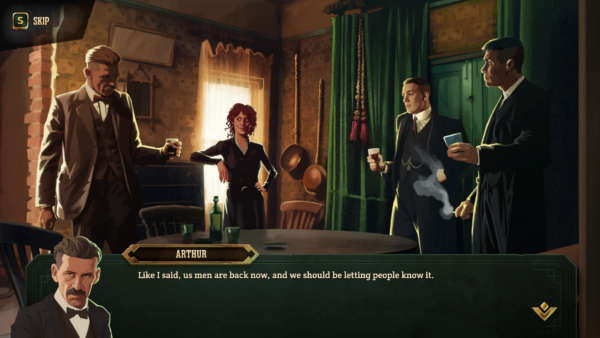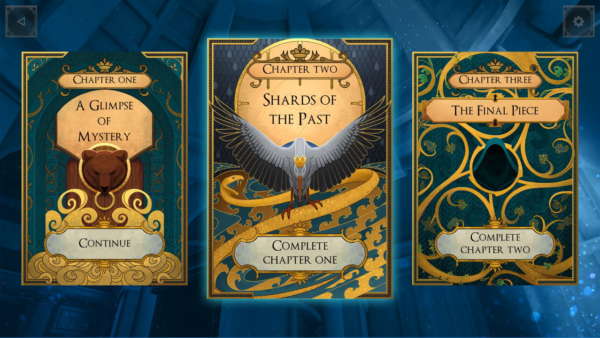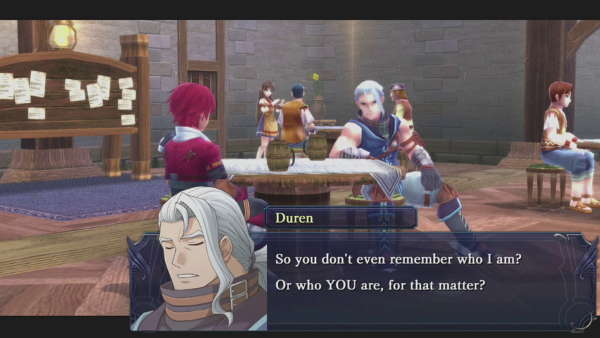Trine 3’s much touted feature is its switch from the 2D perspective to a 3D one. However, Trine 3 does not feature a rotating camera like you might expect when told it’s a 3D platformer. The 3D is more akin to the God of War series – you don’t need to control the camera as it’s on rails. There are segments where you’ll be running forward into the screen, but these are few. So while yes, technically you are able to move in all directions at all times, Trine 3 still feels like a 2.5D sidescroller due to the way the camera is positioned.
However, the biggest issue with Trine 3 is its length. Trine 3 clocks in at around 4 hours and ends with the most abrupt cliffhanger to come along in a while. Such is the price to pay for an indie developer trying to move forward into (literally) a new dimension. It’s as if they had to stop it there because they ran out of money (which is exactly what happened, unfortunately). The price point of £15.99 may be a hard sell for something like this. You progress from chapter to chapter by picking up little trinkets called Trineangles. The game pulls a bit of an annoying move by gating later levels by increasingly large numbers of Trineangles, with the last chapter requiring 900 of them.
I had to go back and find missing Trineangles I hadn’t collected, which seemed to merely be an attempt to pad out the length of the game. There are levels which are designed to be Trineangle mines, in which you can only play as one of the three characters. These can sometimes be quite awkward as they have no checkpoints whatsoever, and it’s frustrating to start over and over again.
Trine 3 also features co-op play. Up to three players can join together in either classic mode, in which one player controls a character each, or unlimited mode, in which all three players can switch to whomever they like. During our online multiplayer playthrough, many of the physics-based contraptions fell foul of glitches and went haywire – at one point we launched a platform into the ceiling, preventing Amadeus from ever reaching it. In one of Pontius’s solo stages (in which we were three Pontiuses) a mine cart managed to get its wheels stuck together in one giant mess, preventing completion. It’s a shame because 3-player classic mode co-op is probably the best way to experience Trine 3 as everyone has to use their unique abilities to help each other out. Local co-op is probably the best option here, but that’s difficult to get going on PC.
Overall, Trine 3 is a beautiful game with not-too-difficult puzzles, a nice soundtrack and a great atmosphere. It’s over just as the story moves forward significantly, and may not be worth £15.99. At just 4 hours roughly, it’s the perfect game for a Steam sale. It’s a shame that Trine 3 ends the way it does, after the game’s only real boss and with an abrupt cliffhanger. Perhaps the developers aimed a little too high with this one.
